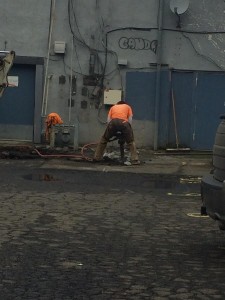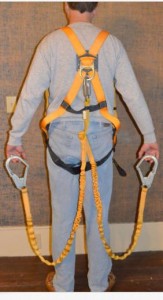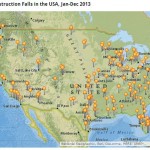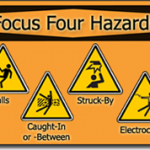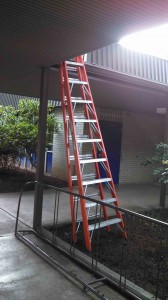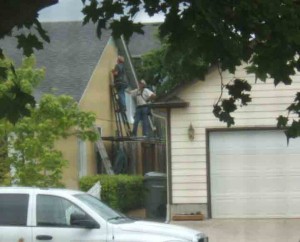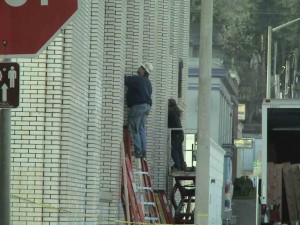Mon 26 Jan 2015
Update on various subjects
Posted by admin under Admin Controls, Concrete, Dust, Engineering Controls, Exposure, Fall Protection, Federal OSHA, Hazard Communication, industrial hygienist, Ladder, Ladders, Management, occupational hygiene, OSHA, PEL (Perm Exp Limit), Personal Protective Equip (PPE), Presentation, Respirators, Training
Comments Off on Update on various subjects
Sorry for the delay in writing. I have had some personal and professional projects taking a lot of my spare time. I have been preparing to present at a couple local conferences on Industrial Hygiene in Construction. It is a good exercise for me to ponder what I should say to these audiences. Here are some takeaways:
My latest guess (subject to change, by even tomorrow) is the Federal OSHA rule for silica will be enacted.
“Why”, you say? …well:
- Current administration would love to push it through
- Yes. It’s still an issue in the construction world. Have you driven by a construction site lately?
- Federal OSHA is also talking about updating the PELs…and this one (silica) is an easy one
- When? Â No idea.
Falls in Construction:
This one is huge. In a bad way. If you look at what kills the most in construction, it’s falls (inclusive of scaffolding, ladders, fall protection, etc.) They cost a lot too. Not just in the number of people killed, but the claims & recovery cost are high. And, near misses in construction are VERY common. For example, just two weeks ago: An 18 year old roofer apprentice was working on a roof.  He stepped onto a piece of drywall and would have fallen to a concrete slab 25 feet below. Luckily someone had moved a piece of equipment directly under where he fell. He only fell four feet and had no injuries.
Hierarchy of Controls:
Is anyone working with these anymore? Just kidding, sort of. But, we can do a better job in construction of:
- Engineering Controls first. Can we eliminate this hazard? Has anyone asked to substitute this product for a safer one?
- Administrative Controls second. There are ways and methods which we do things in construction. These are usually passed down from journeyman to apprentice. Overall, this is awesome. For example, we need to rethink why we place the rebar on the ground? Can we use saw horses? Better material handling would save a lot of injuries.
- PPE third. And as a last resort.
Personal Protective Equipment:
Oh boy. There is a lot of room for improvement here. The wrong equipment, worn incorrectly, not used enough, and damaged. I don’t have the answer for this, except we should create and encourage the best safety culture possible.  I think this helps construction to take pride in their work, and their (and their friend’s) safety.
